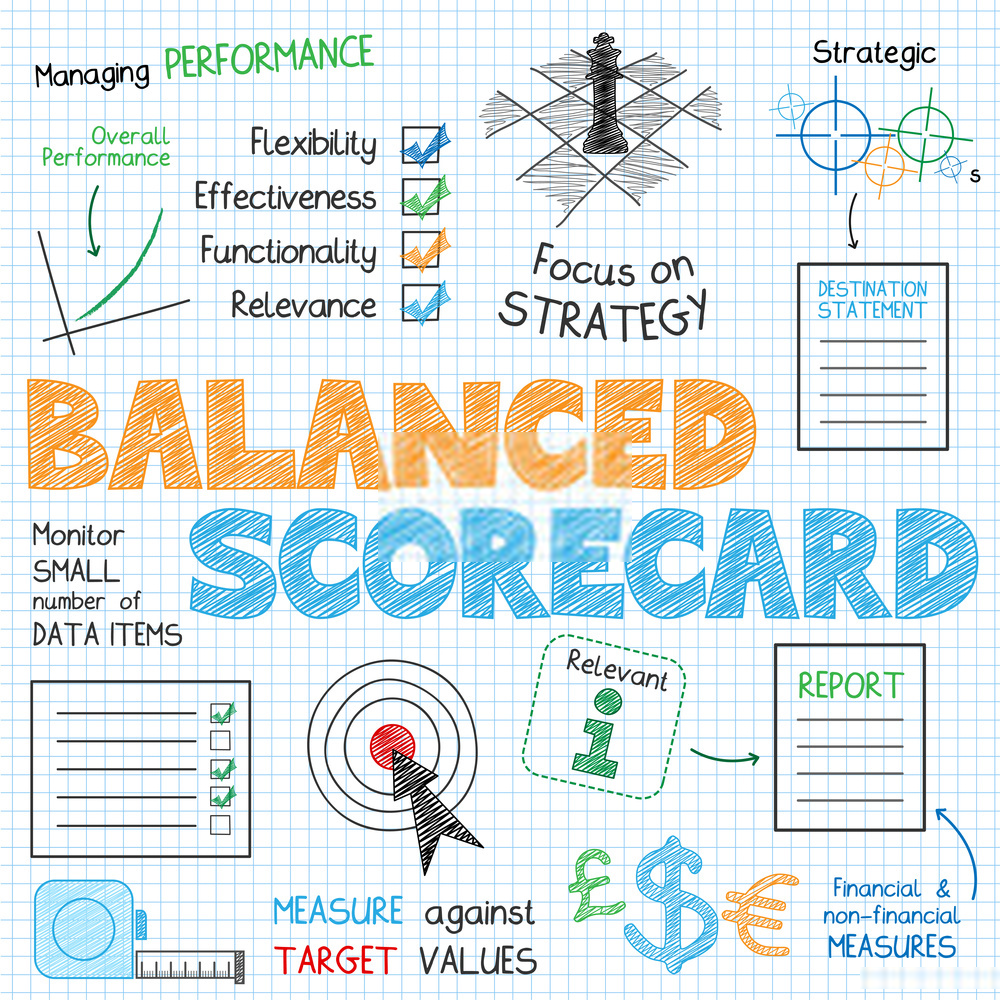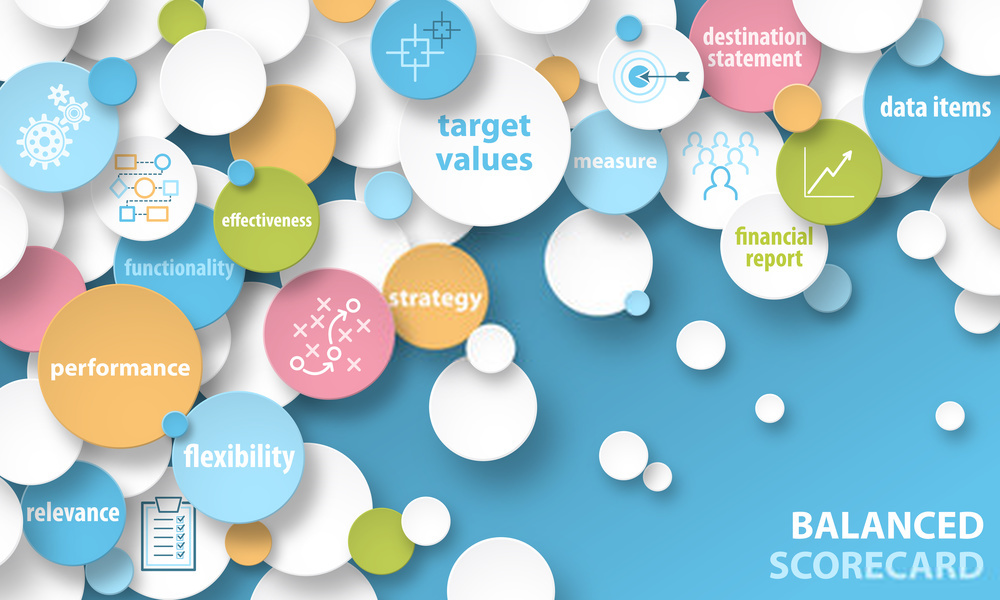Developed by Robert Kaplan and David Norton, the Balanced Scorecard is a valuable adjunct to traditional business measures that are limited by their focus on past performance. The Balanced Scorecard overcomes this limitation by providing a means of assessing future performance to better inform and guide strategic development.
Understanding The Balanced Scorecard

The reason for its success is its ability to integrate measures of performance to present a balanced view of a company’s overall performance and to pinpoint areas that need completion or further innovation and learning – and puts in place action plans and continuous assessment. It has been criticized for being too prescriptive and quantitative, but its use can be broadened to include qualitative aspects. How to use the Balanced Scorecard approach The approach taken will depend on the company’s type, size, and structure.
There are five broad stages:
1. Prepare, define and communicate the strategy
people need to understand the objectives and how to achieve them.
2. Decide what to measure
Typical measures are shown below:
Financial
To increase:
• profitability
• share price performance
• return on assets
• Cash flows
• Cost reduction
• Gross margins
• Return on capital / equity / investments / sales
• Revenue growth
• Payment terms Customers To improve:
• customer acquisition
• customer retention
• customer satisfaction
• cross-sales volumes
• Market share • Customer service and satisfaction
• Number of complaints
• Customer profitability
• Delivery times
• Units sold
• Number of customers delivery
• Employee morale and satisfaction, and staff turnover
• Internal audit standards
• Sales per employee
Customers
To improve:
• customer acquisition
• customer retention
• customer satisfaction
• cross-sales volumes
• Market share
• Customer service and satisfaction
• Number of complaints
• Customer profitability
• Delivery times
• Units sold
• Number of customers
Internal processes
To improve:
• core competencies
• critical technologies
• employee morale… and to:
• streamline processes
• Efficiency
• Lead times
• Unit costs
• Waste
• Sourcing and supplier delivery
• Employee morale and satisfaction, and staff turnover
• Internal audit standards • Sales per employee
Internal processes
To improve:
• core competencies
• critical technologies
• employee morale… and to:
• streamline processes
• Efficiency
• Lead times
• Unit costs
• Waste
• Sourcing and supplier delivery
• Employee morale and satisfaction, and staff turnover
• Internal audit standards • Sales per employee
3. Finalize and implement the plan
this stage ensures that measures are workable, tailored and adopted. Essentially, this is managing by setting objectives.
4. Publicize and use the results
being seen to act is important. Also, while ensuring that everyone understands overall objectives, decide who should receive specific information, why and how frequently.
5. Review and amend the system
to solve any problems and to set challenges.


